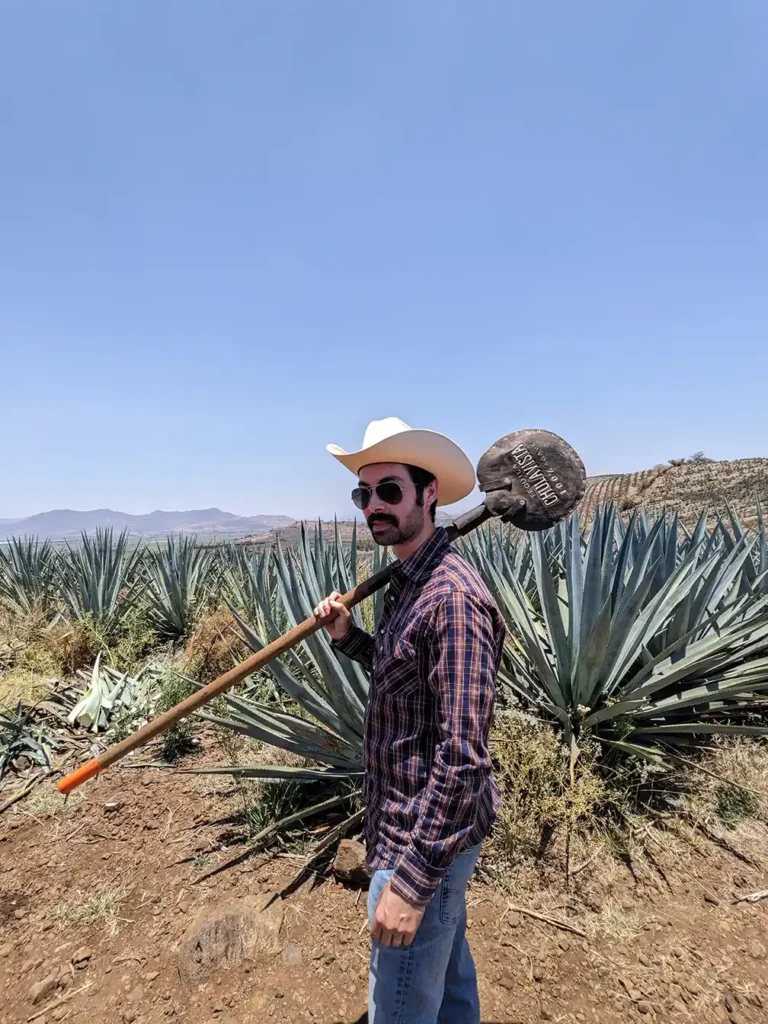
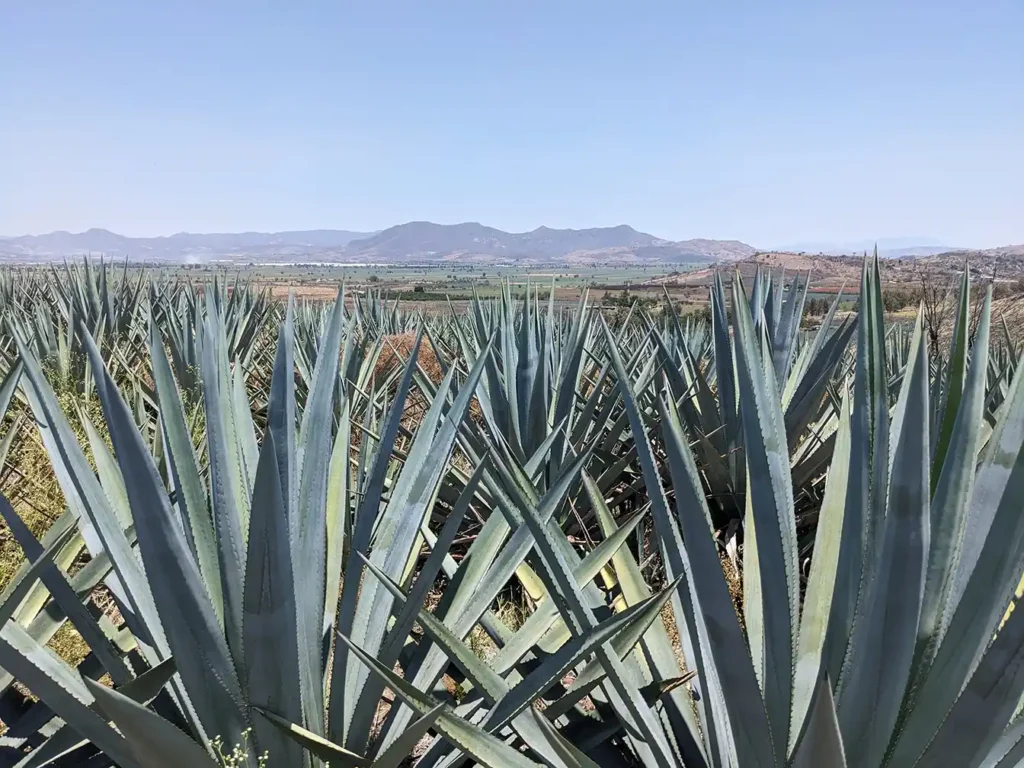

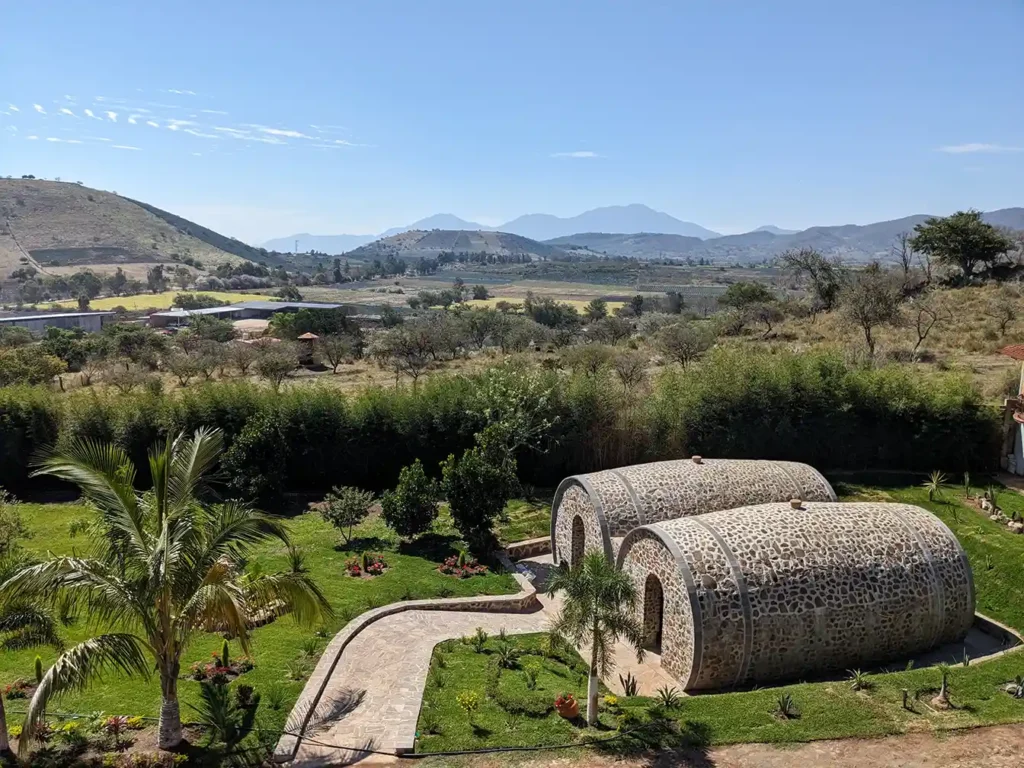
Chulavista Tequila represents the vibrant colors and joy of our Mexican markets.
When Don José was just a child, he visited Chulavista market with his grandmother and he wanted to buy everything, but his grandma told him,
“I’ll buy you something that one day allows you to have everything you want, but with your own effort”, and she gave him his first traditional piggy bank saying: “put every coin that comes into your hands here”; and from that moment, Don José began to save coin after coin.
Today, he has his own company, and he produces his very own tequila and still continues buying little piggy banks to keep up with this beautiful tradition, which has been passed on from generation to generation and is represented in each bottle.
Chulavista Tequila
ABV: 40%
Agave: 100% Agave tequilana weber var. azul
Region: Los Valles – San Juanito de Escobedo (from their own ranches)
Cut and Selection: Cut with coa, average maturity of 6 years
Cook: Slow cooked with steam in traditional brick ovens for 24 hours
Fermentation: 2 day semi-closed fermentation with brewer’s yeast
Distillation: Double distilled in stainless steel pot stills with copper coils
Special Attributes: Kosher
Chulavista Tequila
ABV: 40%
Agave: 100% Agave tequilana weber var. azul
Region: Los Valles – San Juanito de Escobedo (from their own ranches)
Cut and Selection: Cut with coa, average maturity of 6 years
Cook: Slow cooked with steam in traditional brick ovens for 24 hours
Fermentation: 2 day semi-closed fermentation with brewer’s yeast
Distillation: Double distilled in stainless steel pot stills with copper coils
Aging: 6 months in American White Oak barrels
Special Attributes: Kosher
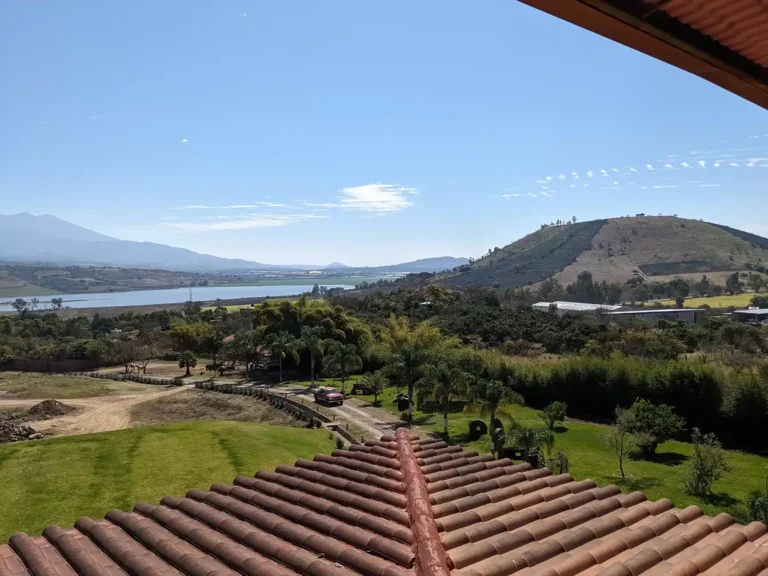
Chulavista tequila begins in the verdant valleys south of the town Tequila in Jalisco, Mexico. Here, the rich, volcanic soils are ideal for growing corn, sugar cane and, you guessed it: agave! The property the distillery sits on is absolutely breathtaking; a real Chulavista, meaning beautiful view in Spanish. The town, San Juanito de Escobedo, is located next to a quaint lagoon with the backdrop of the Tequila Volcano, the perfect setting for enjoying a couple of Chulavista blancos with friends or just reflecting on the beauty that life can bring us.


One of the key factors to Chulavista’s quality is its complete control of production from seed to bottle and back again. Not only do they produce tequila, but they are agave farmers and producers of organic compost, leaving no waste and turning normally unstable by-products into plant fuel! They take only the clones from the highest quality mother plants and harvest the agave when it is at peak maturity (an average of 6 years).
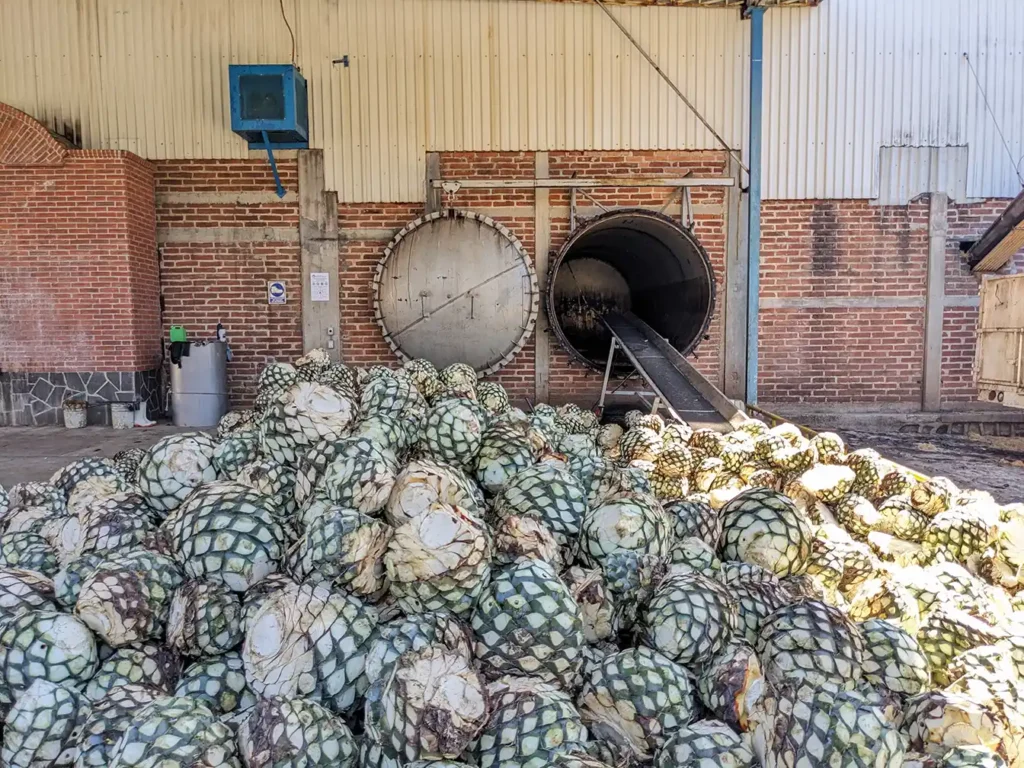
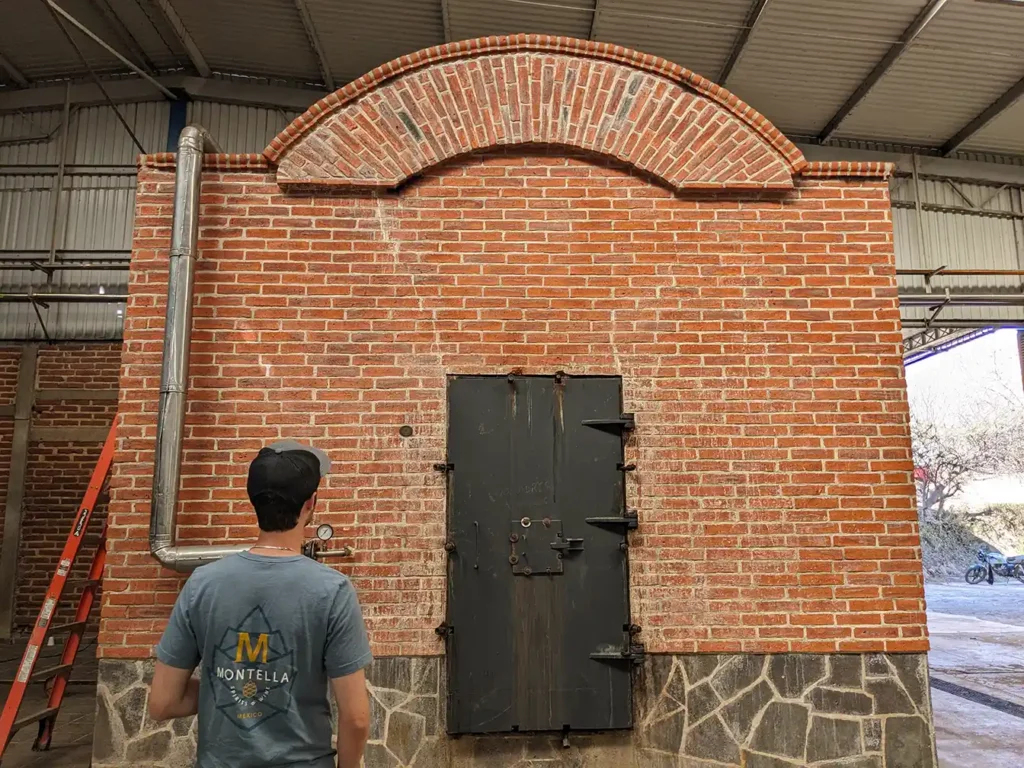
The distillery, NOM 1424 Destiladora de Agave Azul, is a rapidly growing and innovative distillery, but one that is still rooted in the traditions behind the flavour. It is equipped with two different cooking methods: autoclave and brick oven. While both can make for an excellent tequila, Chulavista is 100% brick oven cooked to provide a slow cooked, traditional profile to the tequila. The agave piñas are loaded into the oven, which is then sealed, and steam is injected for a period of 24 hours, followed by a 24-hour slow cooling and a final 12-hour cooldown with the doors open. This ensures a nice even cook to the agaves.
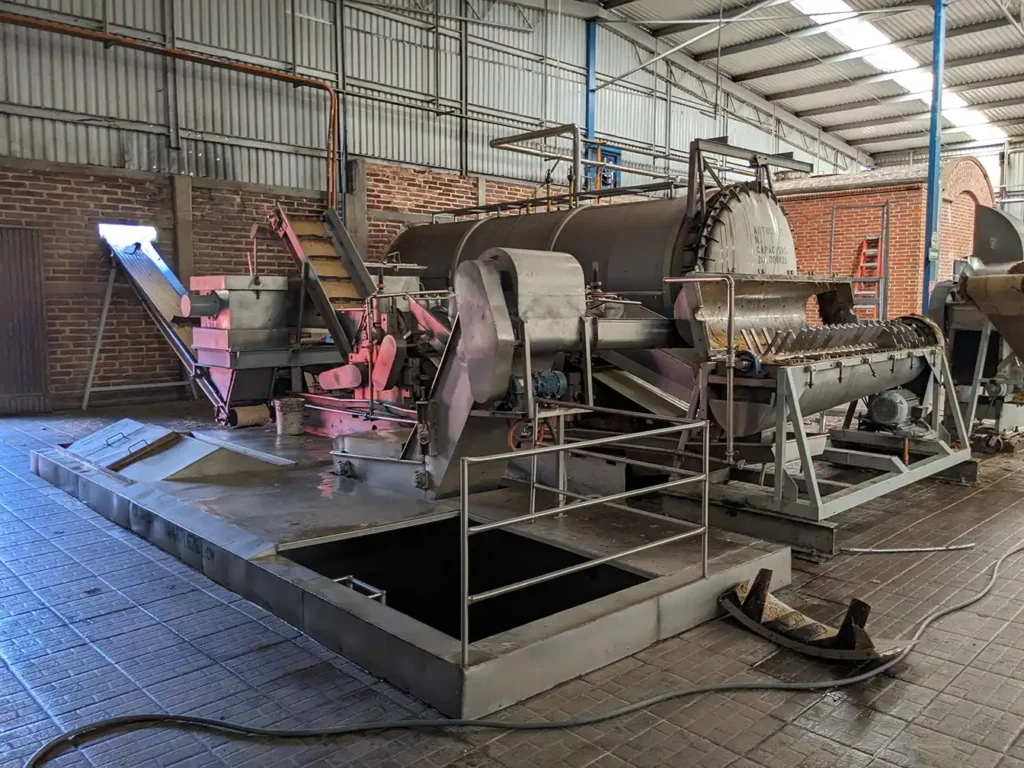
Next, the cooked agave piñas are loaded into a hybrid milling process: screw mill and roller mill. This combination ensures that the agave fibers are completely crushed and stripped of all fermentable sugars. The washed fibers will be loaded up to take to the compost center, while the liquid will travel by tube to the fermentation tanks.
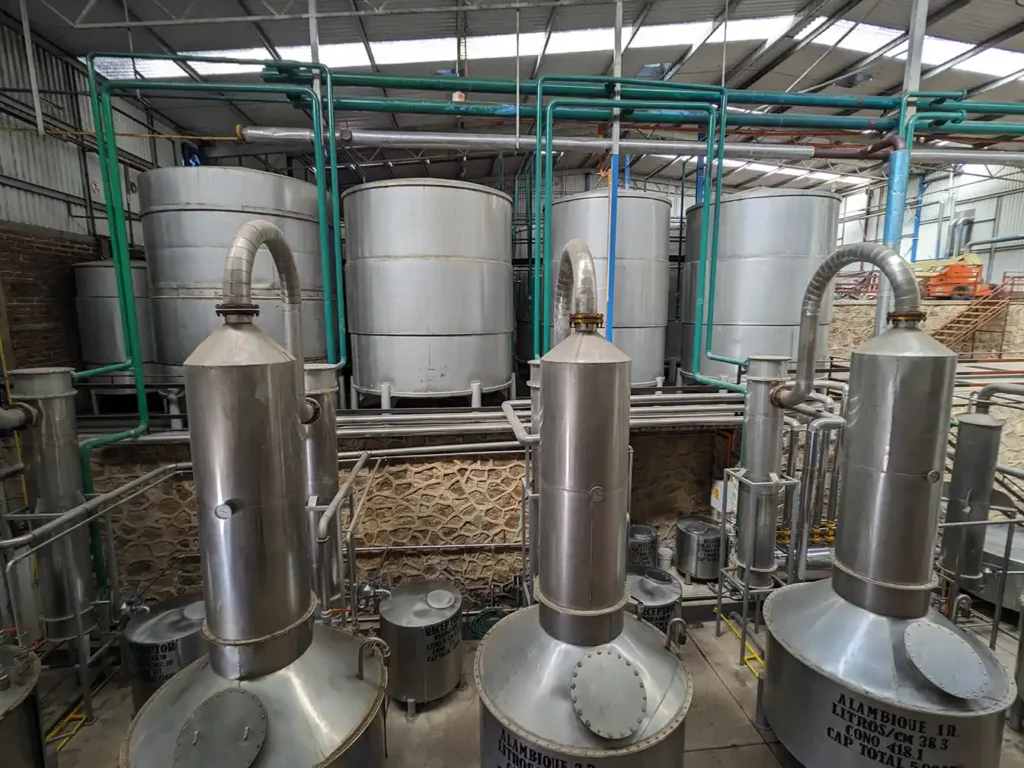
Fermentation takes place in large steel tanks that are semi-closed to the environment. This allows the maestra tequilera (master distiller) Zandra to better control the profile of the tequila, while still allowing some microorganisms from the surrounding environment to influence the fermentation.
Always leaders in innovation, the distillery is built on an incline, eliminating the need to mechanically pump liquid from milling to fermentation and ultimately, distillation. Why waste energy when we can take advantage of gravity!
Once the fermentation is complete, the mosto or fermented material is distilled twice in stainless steel pot stills with copper coils. Using both materials gives us the best of both worlds: the ease of cleaning and maintaining the stainless steel and the natural impurity-filtering properties of the copper.
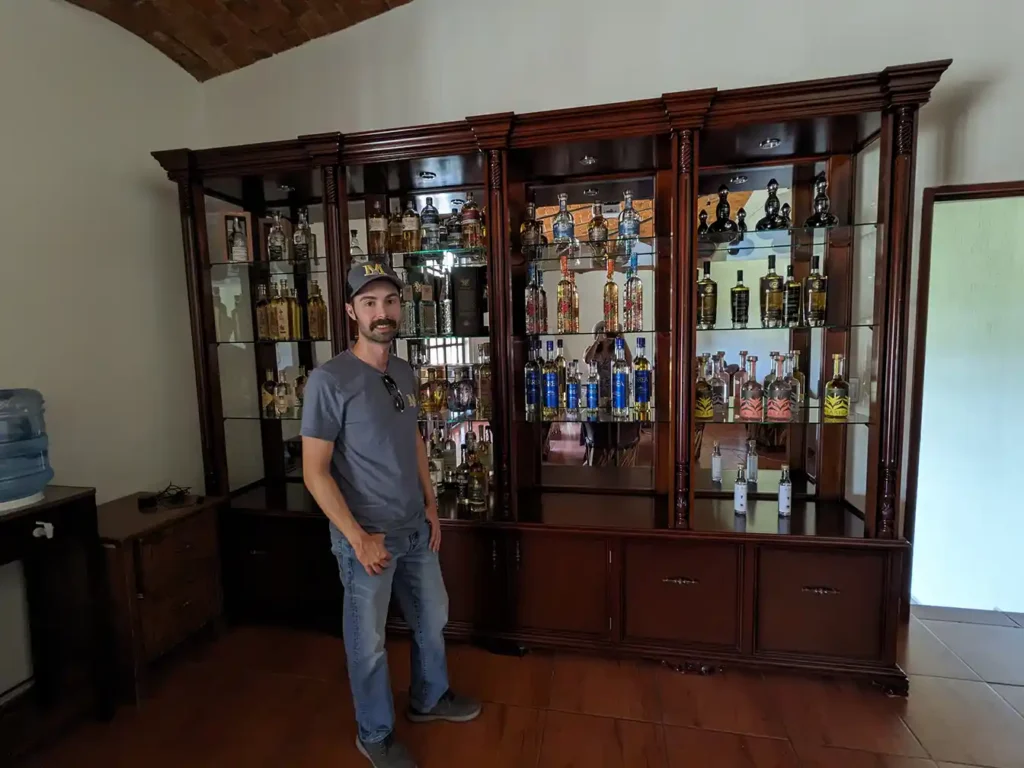
Chulavista Blanco tequila is the result of the heart of the second distillation, which comes out at over 50% abv and will then be diluted with distilled deep well water to obtain a tequila at 40% abv. Finally, it goes through a process of oxygenation in order to eliminate any harsh alcohol burn and maximize the other beautiful flavours of Chulavista tequila.
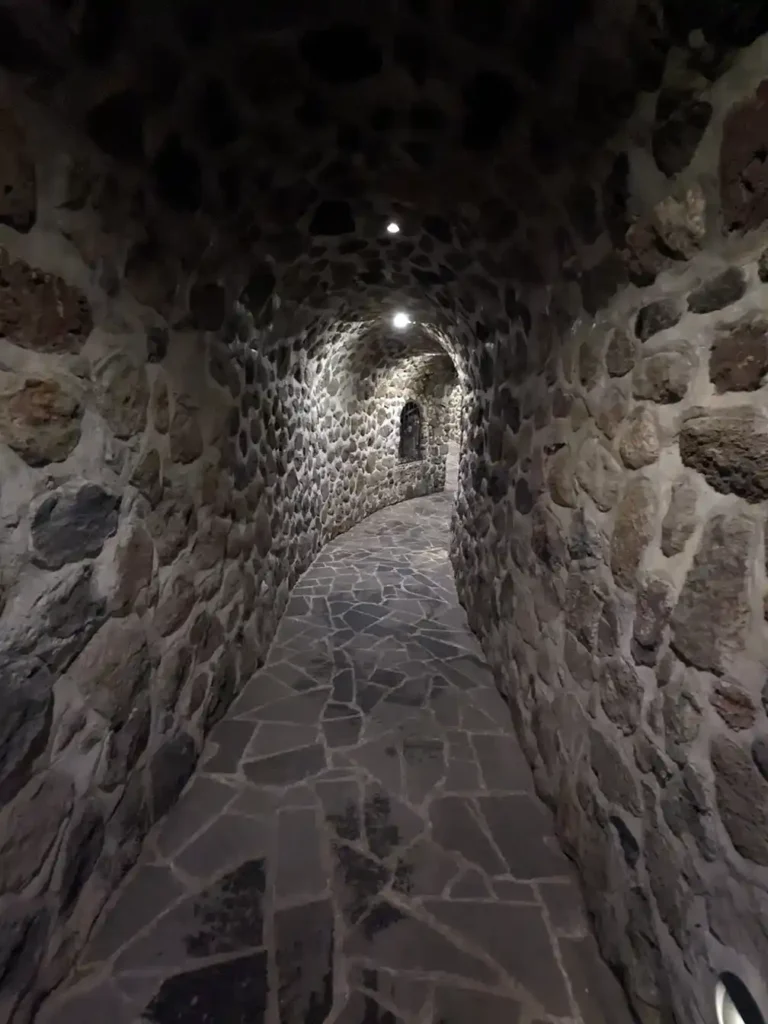
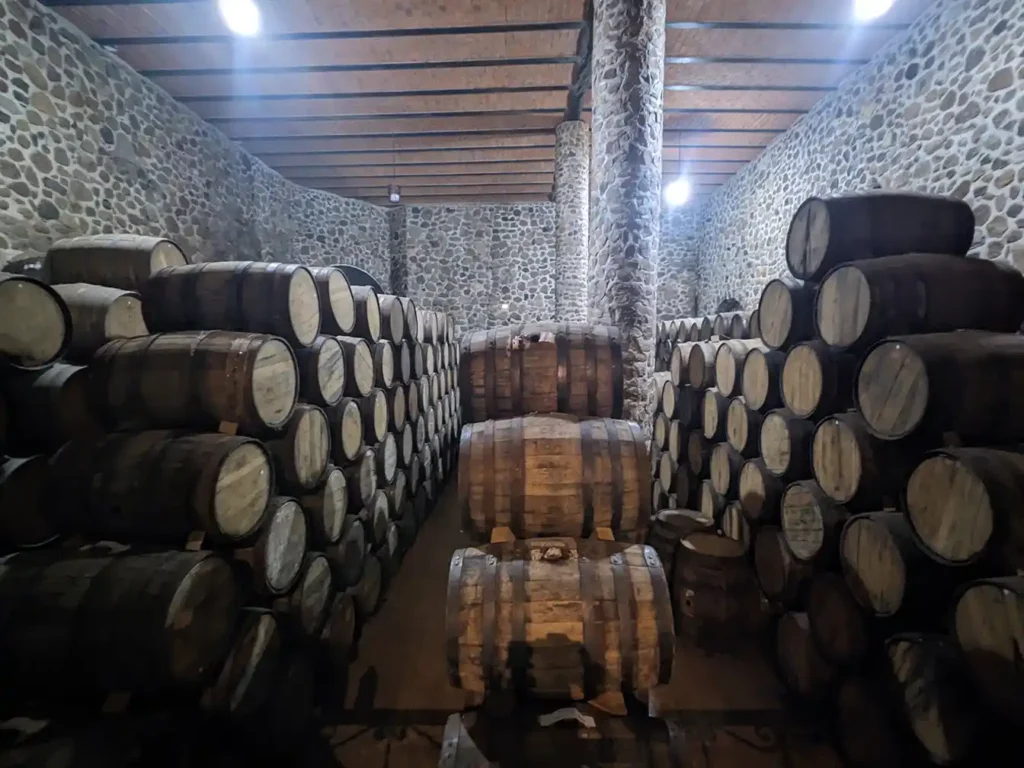
For the Chulavista Reposado, we have to take a trip down to their famous cava or cellar. A long, winding path made from local volcanic stones will eventually lead us to their barrel room. On a hot day in the valley, this is the place to be! Built with the finest craftsmanship, the room is not only aesthetically pleasing, but allows the room to stay cool and at a fairly constant humidity, eliminating the need for air conditioners or other energy sources.
The reposado is rested in American White Oak barrels for 6 months, drawing delicious notes of toasted almonds, vanilla and chocolate from the barrels.
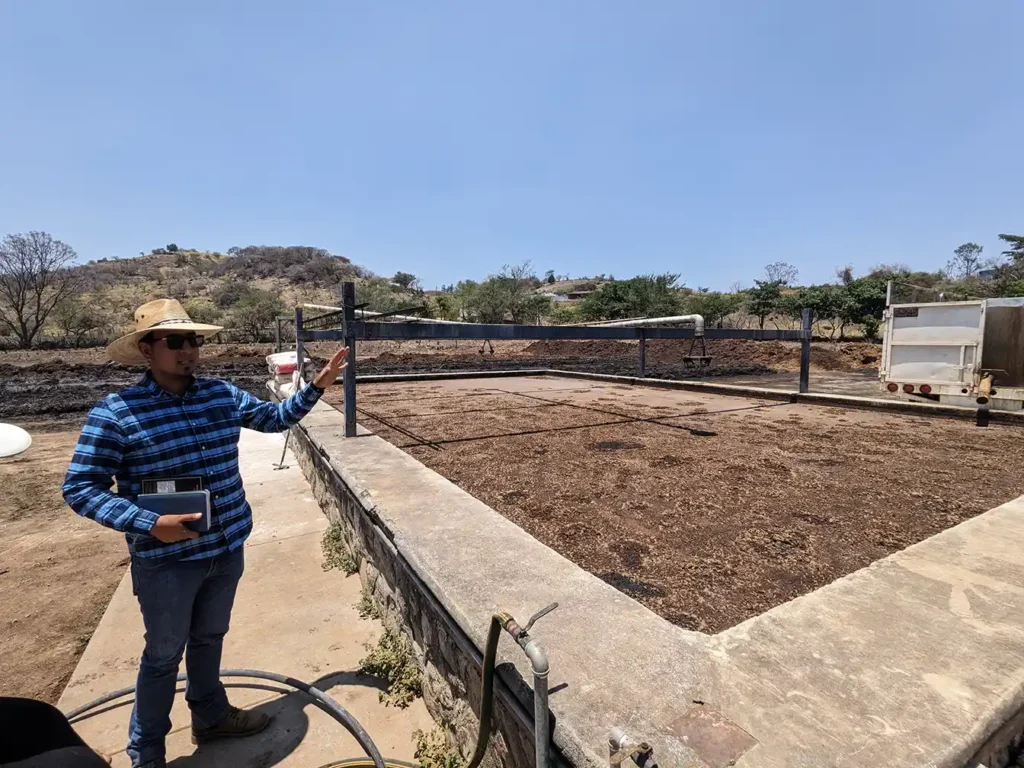
While many distilleries compost their bagazo or spent fibers after milling, few have any idea what do with the vinazas, the liquid waste by-product of distillation. The vinazas are extremely difficult to deal with and will kill plant and animal matter if not disposed of correctly. While most companies pay someone to get rid of it, it’s hard to know what’s really happening after it’s picked up. Destiladora de Agave Azul is committed to handling this problem internally and has developed a system to effectively turn this problem into something useful.
They start buy pumping the vinazas into a concrete pool (shown in photo) where they will carry out a subsequent fermentation to break down some of the more volatile compounds.
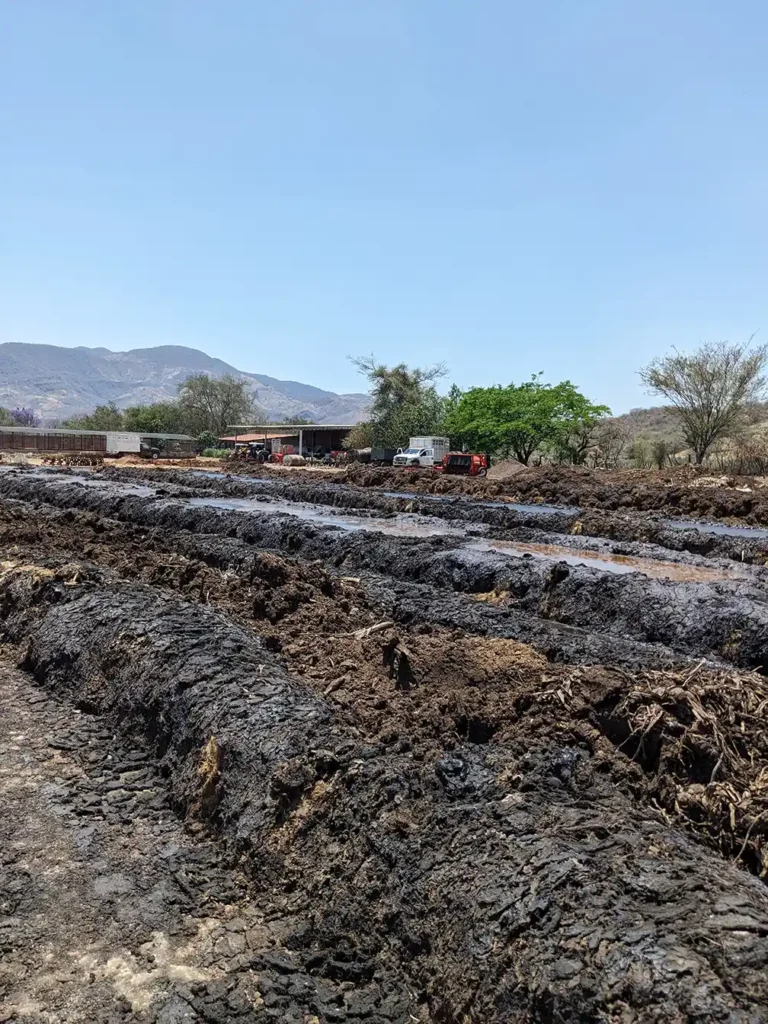
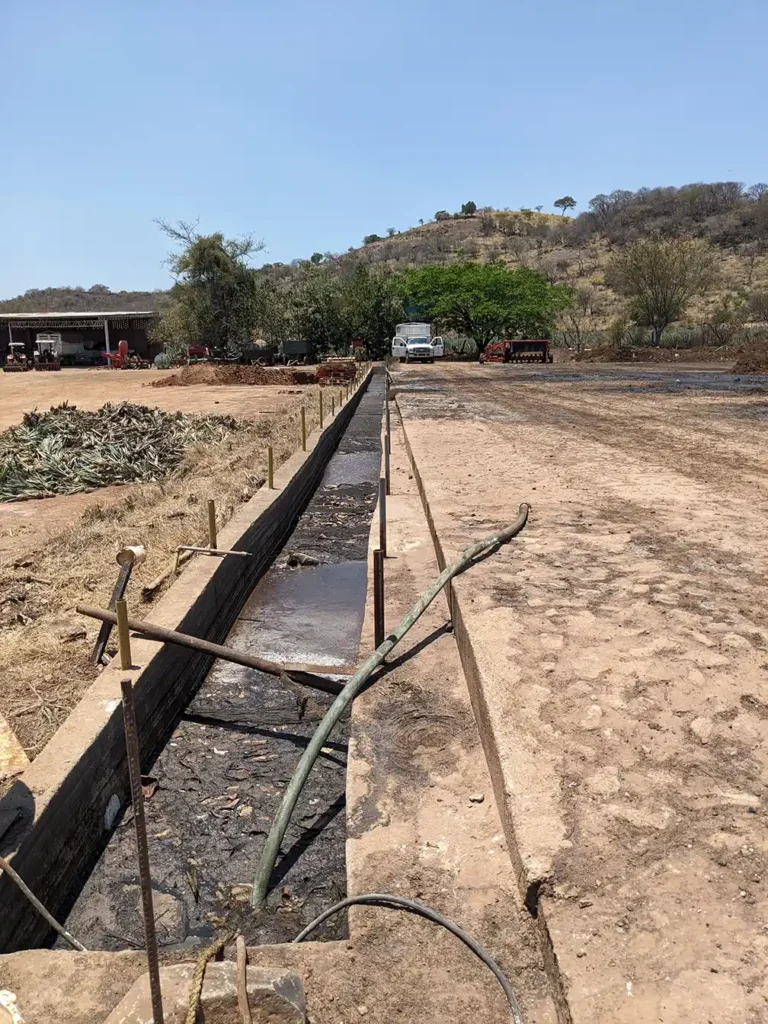
Next, the newly fermented material is added to rows of bagazo fibers and left to decompose together. This all takes place on top of a giant concrete pad so as to not leech into the ground. A trough is also installed for safety in case there is any leak.
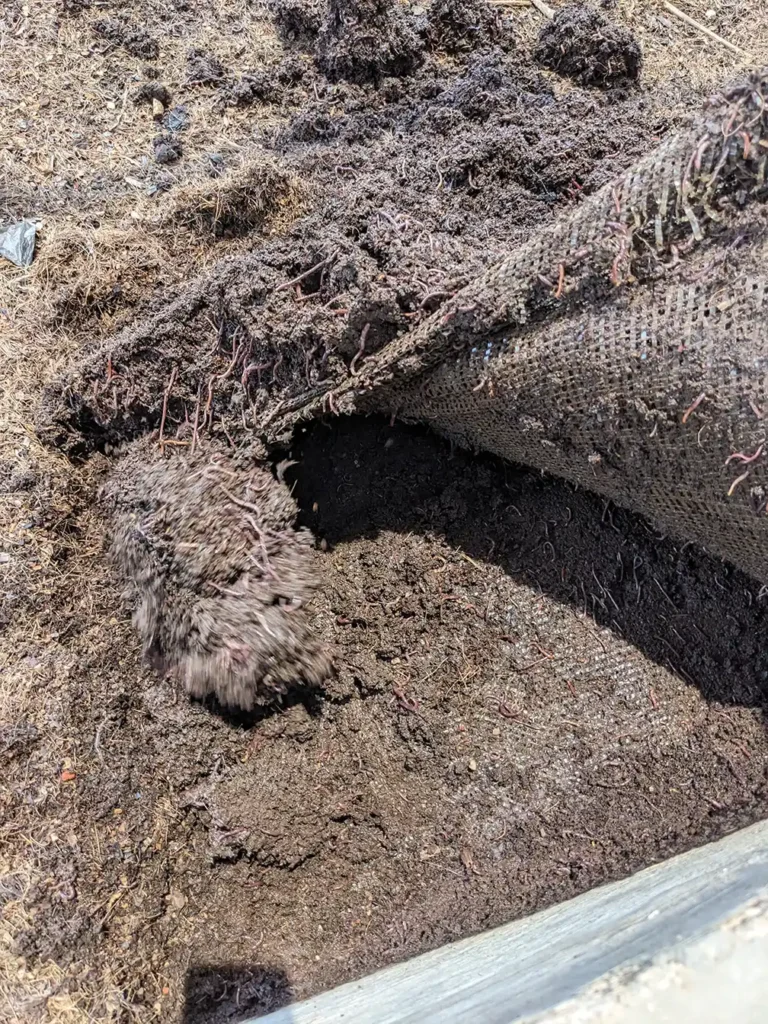
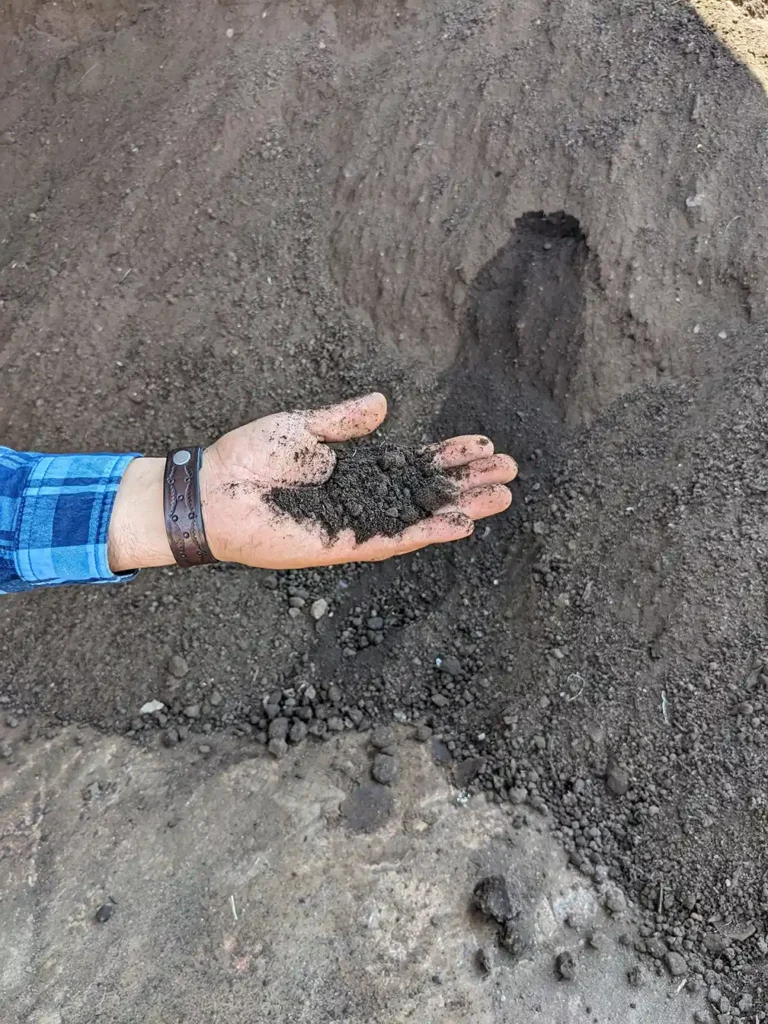
When the material has decomposed, it is put into large rectangular planters and a special breed of worm is added. In this final step, the worms have shown successful in breaking down the material and transforming it into a powerful compost. This compost can then be transported back to the field to fertilize the agave and other plants, or even sold when there is a surplus!